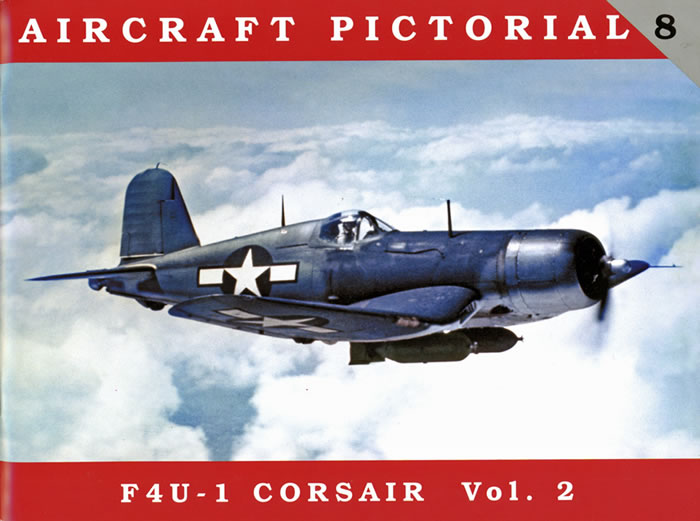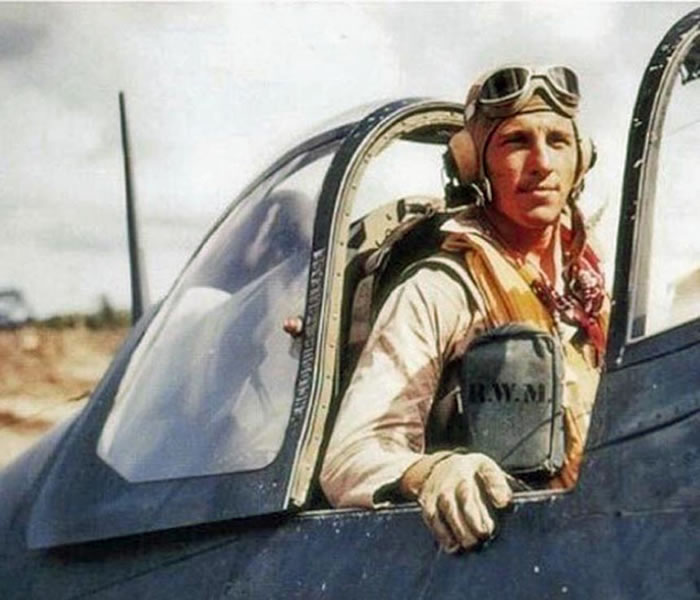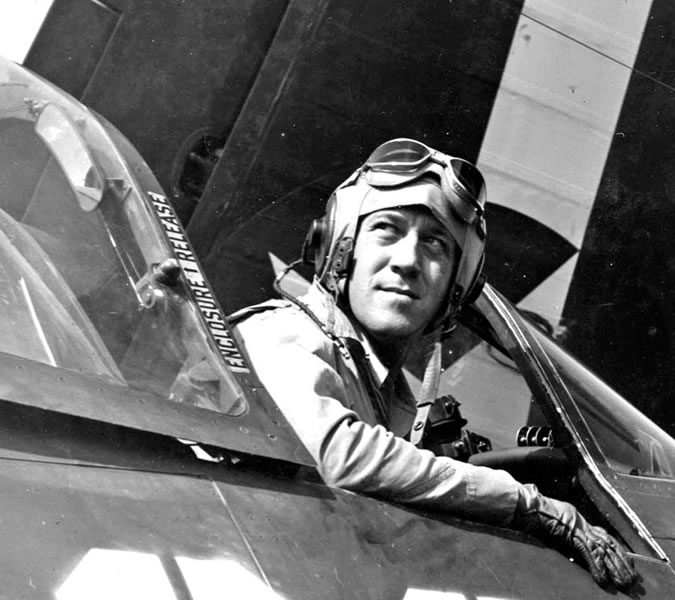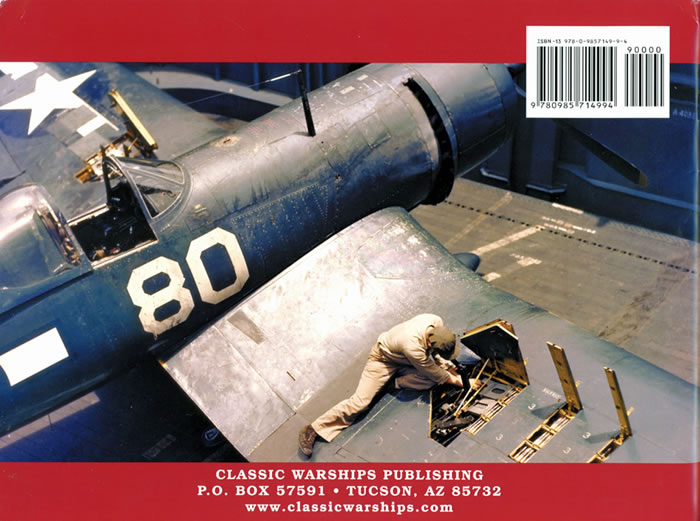Aircraft Pictorial #8
F4U-1 Corsair Vol.2
by Dana Bell

Classic Warships Publishing
| S u m m a r y |
Publisher, Title and ISBN: |
Aircraft Pictorial #8
F4U-1 Vol.2
by Dana Bell
Classic Warships Publishing
ISBN: 13-978-0-9857149-9-4 |
Media: |
Soft cover, Landscape A-4 Format, 72 pages plus covers. |
Price |
USD $17.95 on Amazon |
Review Type |
First Read |
Advantages |
Anatomical examination of the F4U-1A / C / D Corsairs. Discussion of FAA Corsairs and painting guide. Serial numbers and factory changes. |
Disadvantages |
If only it was more expansive. |
Conclusion |
An absolute necessity for anyone interested in the Corsair, and for those modeling the aircraft. |
Reviewed by Steven Eisenman

P-40 Warhawk by Dana Bell is available online from Squadron.com
Once again, in the name of transparency and disclosure, my name does appear in the “Acknowledgements”. In no way does this affect my objectivity.
Also, this is a warning, or is it a spoiler alert, to those modelers with an affinity for the Corsair and who are more concerned with accuracy than the average modeler. This monograph may give you the modeler’s equivalent of a breakdown; your Advanced Modeling Syndrome may no longer be under control. All those lovely, and carefully “Futured”, canopies will need some modification. And about that open step in the flap on the 1/48 Tamiya -1D, Dana explains it all, as usual.

Dana continues his history of the Corsair with the development of the raised cockpit Corsair to deal with problems presented in the -1 “Birdcage”. He goes on to note the major changes to the airframe and the issues specific to the other companies that produced the Corsair, Brewster and Goodyear (collectively, the “VBG” group). The specifics of the export Corsairs for both Britain and New Zealand are discussed.
Dana proceeds to list serial ranges for Vought, Brewster and Goodyear. Most importantly, Dana gives the serial number and production number for the aircraft from each company at which point a factory change was made. This includes aircraft that went to the British. Now you will know if the particular Corsair you are modeling had the new right side fuselage handgrip!

Of course, as with previous editions in the Aircraft Pictorial series the heart of the monograph is the photos and captions. It is Dana doing what he does best, discovering things about which he did not previously know, or confirming things he thought he knew, and pointing them out and the variations that occurred. The underside pylons are discussed, including the various permutations of what could be attached. Then there was that odd looking bomb rack that looked as if it had been cobbled together by a drunk plumber. Not so, and the reason for the odd shape is explained. Tail wheels, handholds and steps, and vents are all given their deserved treatment. And there is probably enough information to model a photo-recon version.
But the one thing he newly noticed in researching this monograph, and that will drive committed modelers nuts, was the big canopy release button on the right side of the sliding portion of the canopy, often painted red or yellow, with a distinct stencil on the canopy frame. Originally, the button was a flat, painted the exterior color, and introduced as a field modification on the -1A. The button was quickly enlarged during the -1A run to a half-round, and for that the serial numbers for VBG group are given. Oddly, the button was not on the early blown -1D canopy, but was quickly reintroduced; again, serial numbers are given. The release button was also retrofitted.

For 1/32nd modelers, it seems that the Tamiya -1A has the flat button represented, but that is only good for the -1As modified before the larger half-round was introduced. Of course, being 1/32nd scale, I am sure you will want to scratch build the obvious release mechanism on the inside of the frame.
I have attached two photographs of the release button, one in color, which Dana does not have in the monograph, because a high-resolution image was not available. But, the pictures he does have are quite good indeed.

Being that author is Dana Bell, issues of color are covered. The changes in cockpit colors are noted, as is the point at which painting shifted from the four-tone scheme to Gloss Sea Blue, and the color of primers. Also, the camouflage pattern for the British Corsair II and III is given, based on the Vought specifications.
After reviewing nearly all the monographs in Dana’s Aircraft Pictorial series, I think I have come to the point where all that needs to be said is go and buy this book, as well as #7 on the “Birdcage”, otherwise, you are missing out on some of the best information available on the Corsair.
Thanks to Dana Bell and Classic Warships Publishing for the review copy.

Review Copyright © 2015 by Steven Eisenman
This Page Created on 27 April, 2015
Last updated
28 April, 2015
Back to HyperScale Main Page
Back to Reviews Page
|
